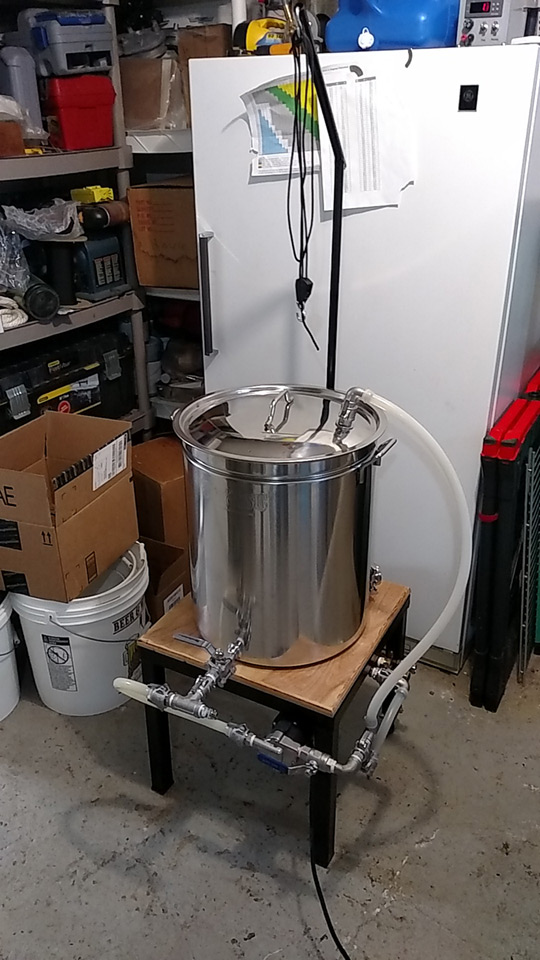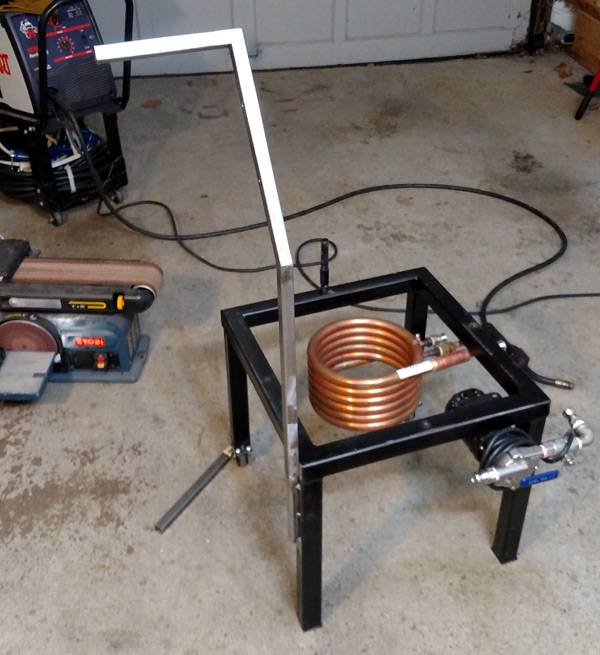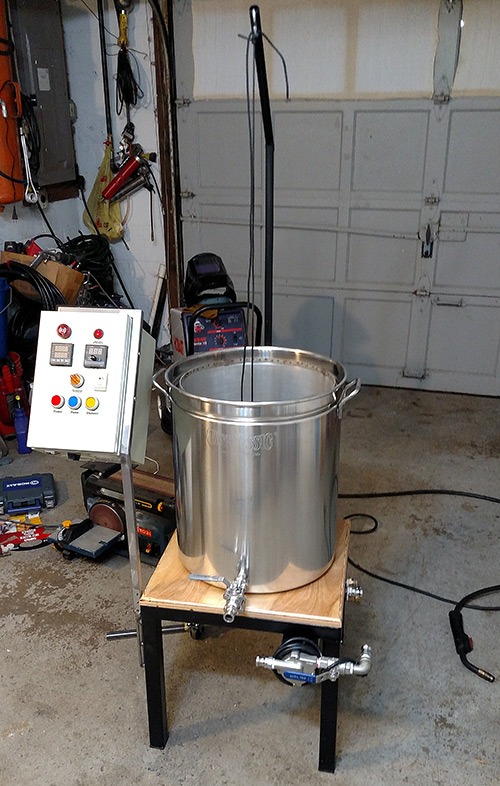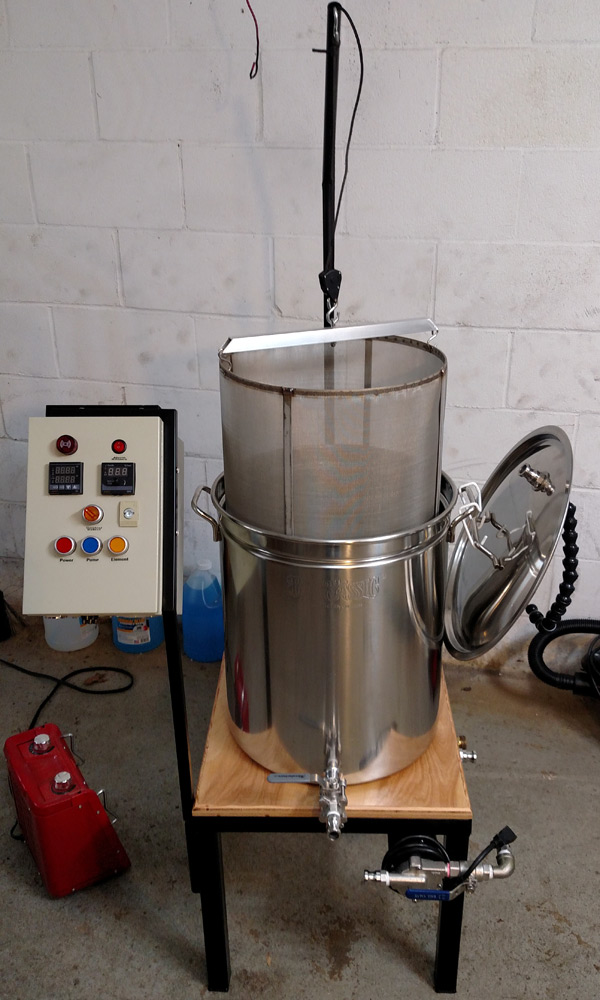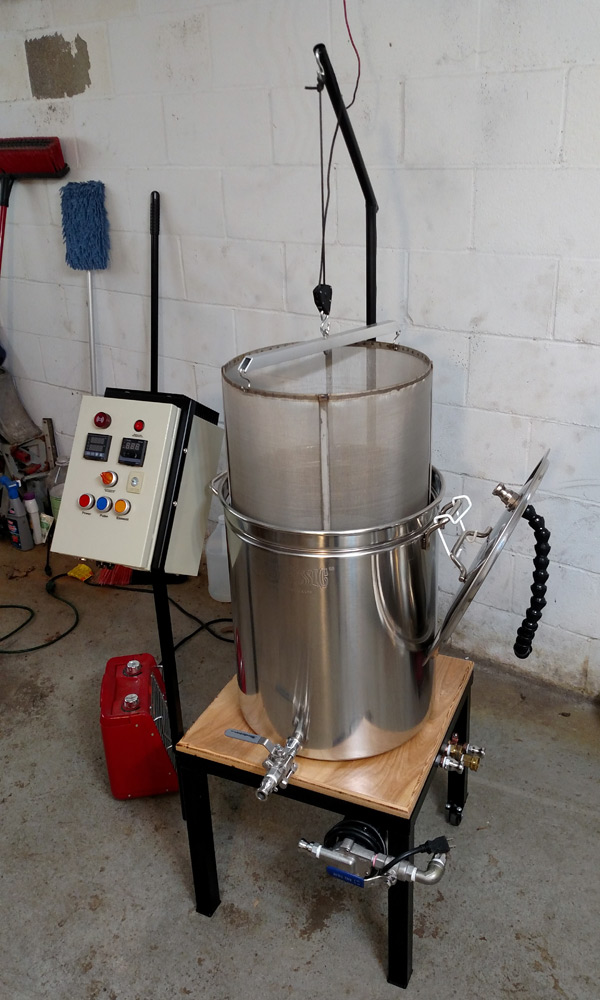The_Bishop
Well-Known Member
- Joined
- Dec 8, 2013
- Messages
- 2,100
- Reaction score
- 676
Ok, thanks for that bit of info. One way or another, I was planning on keeping the bag off the element. With the stainless basket that's a given.














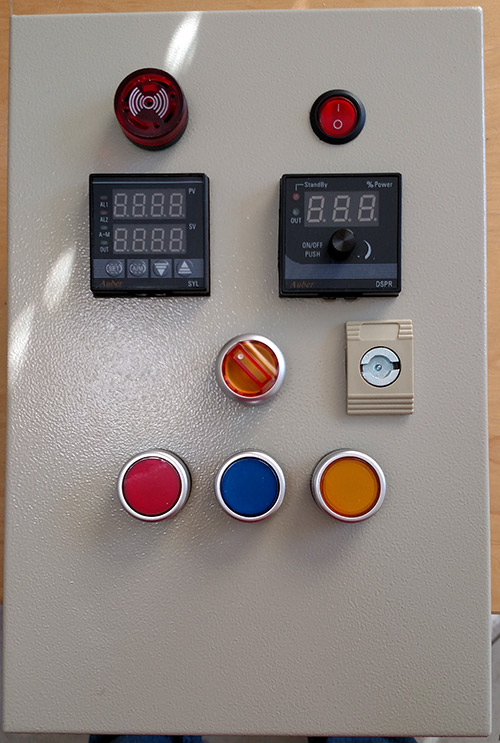

What a great (clean) controller! At some point I am sure that I will rebuild my $6 harbor freight ammo box controller and will be looking at your design for ideas.Everything's mocked up, so far it looks good.
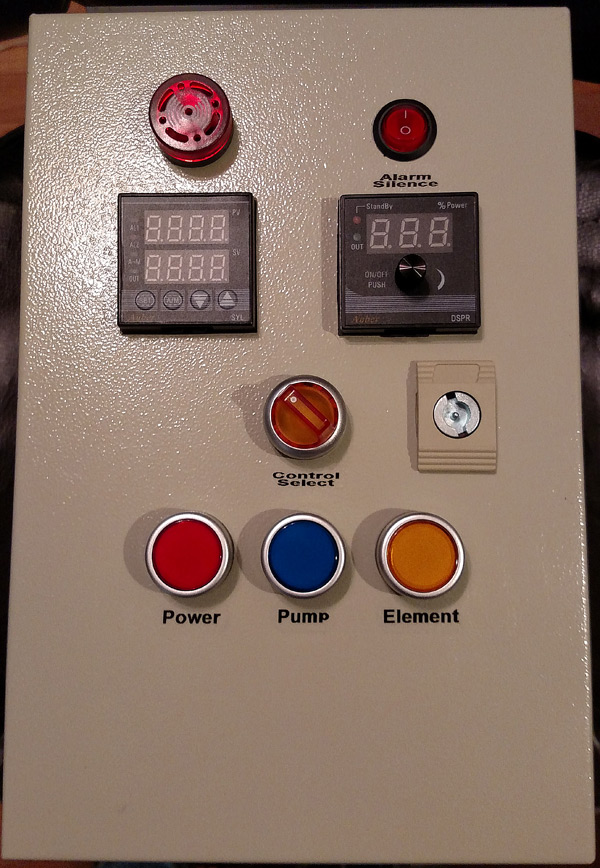
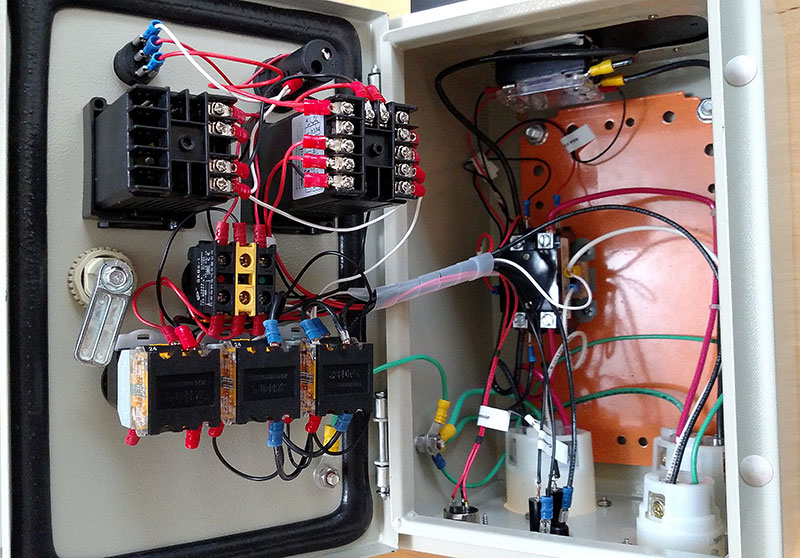
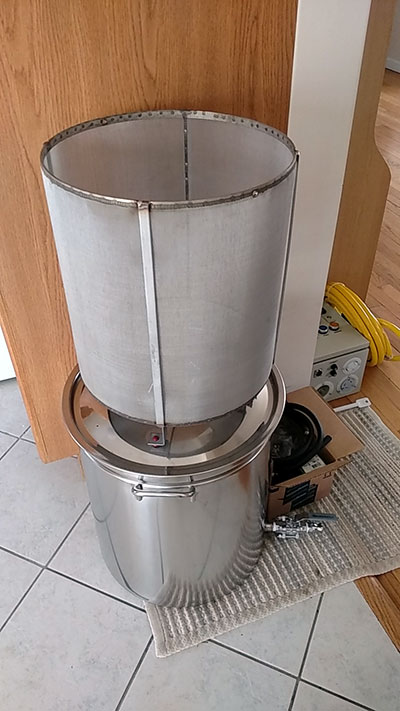
Should be a fun and busy weekend.Basket and power cord came in! All I need to do is install the outlet, do a little re-arranging of my brew stand, and it's off to the races (or testing, as the case may be).

